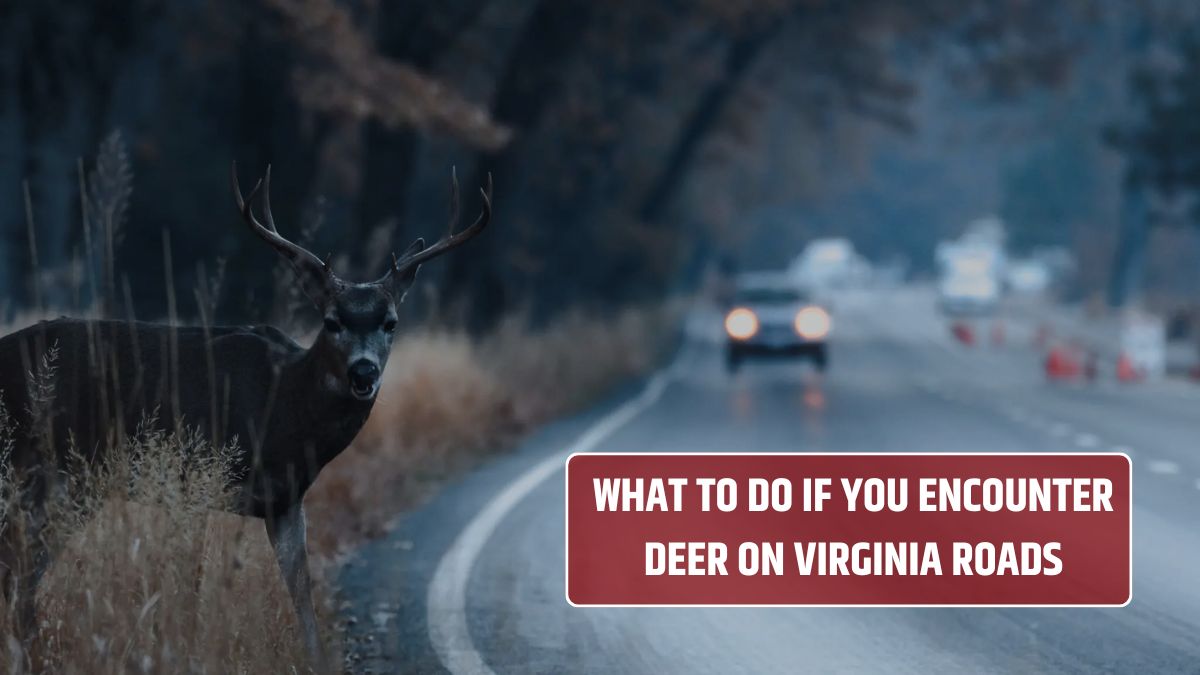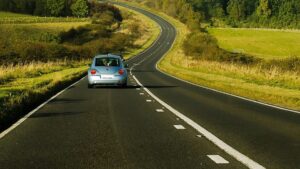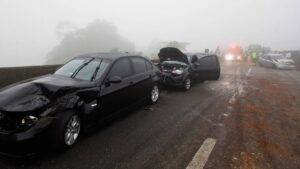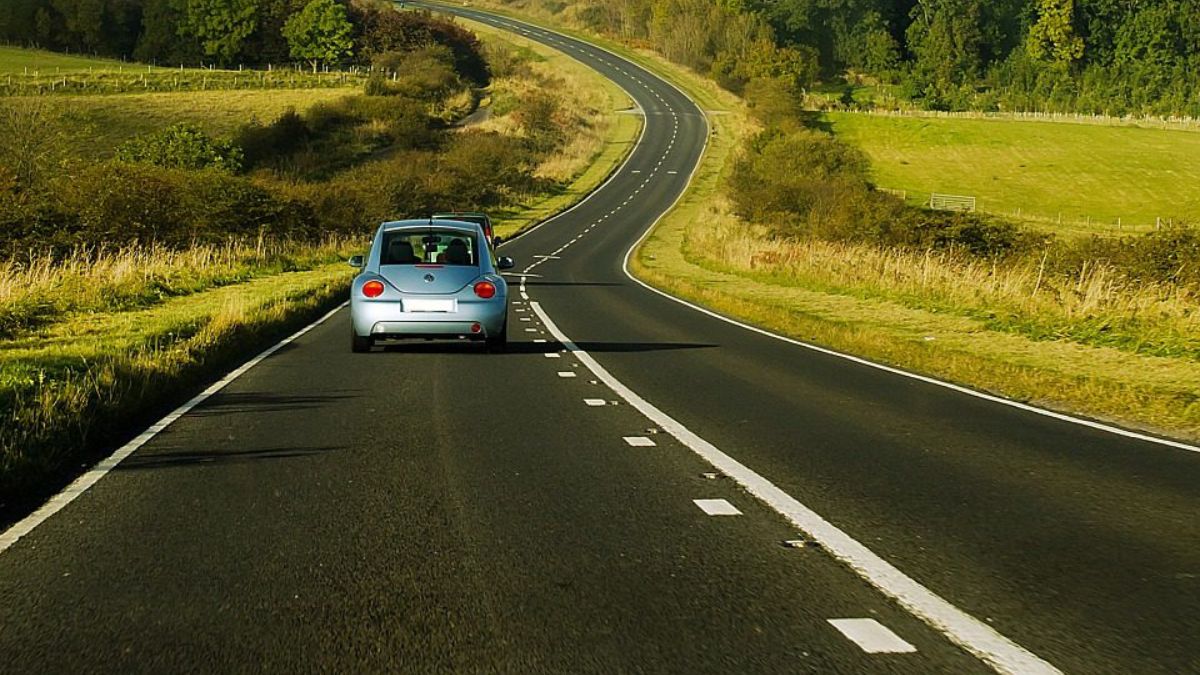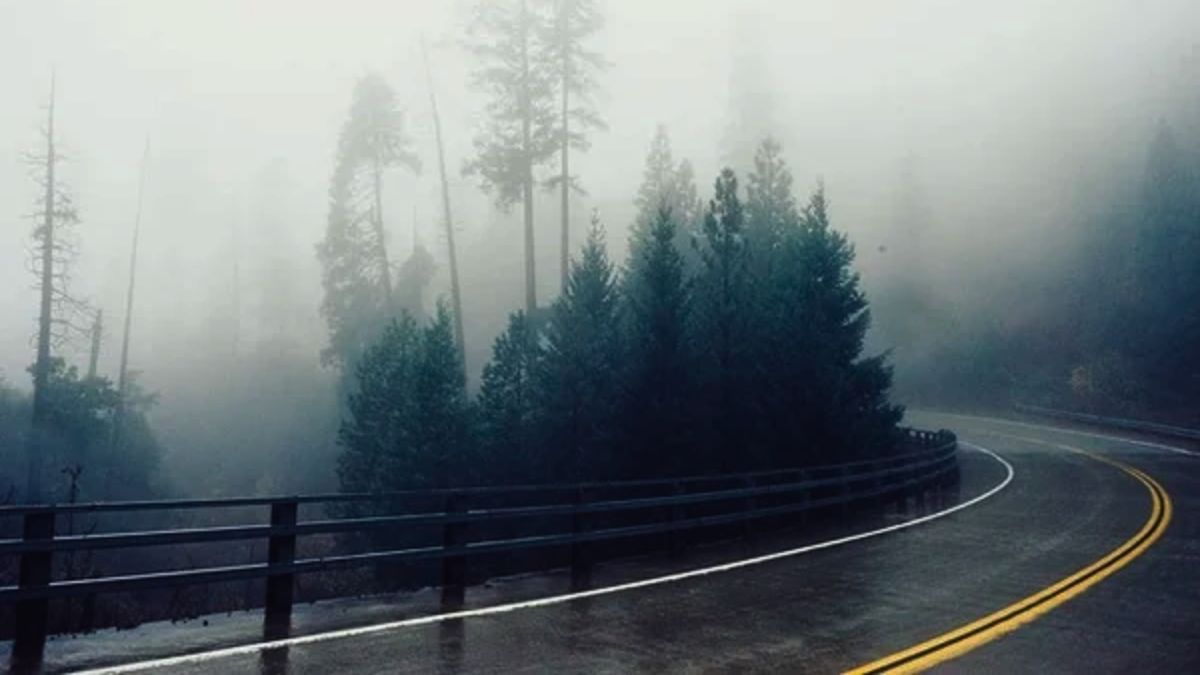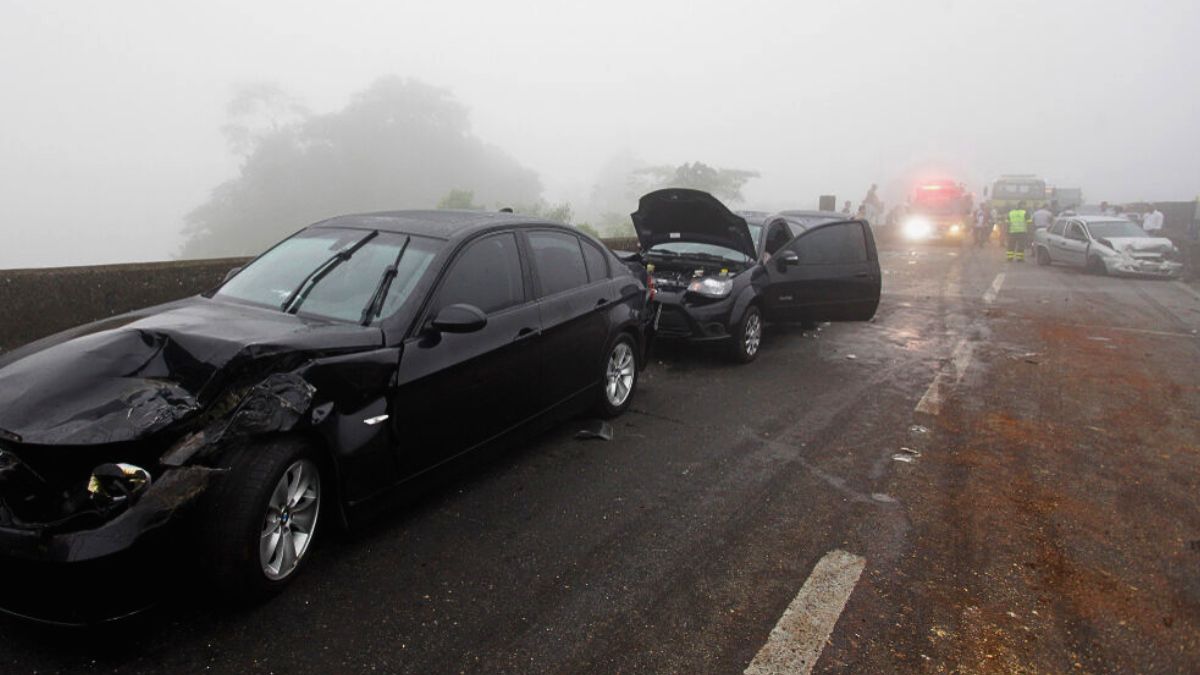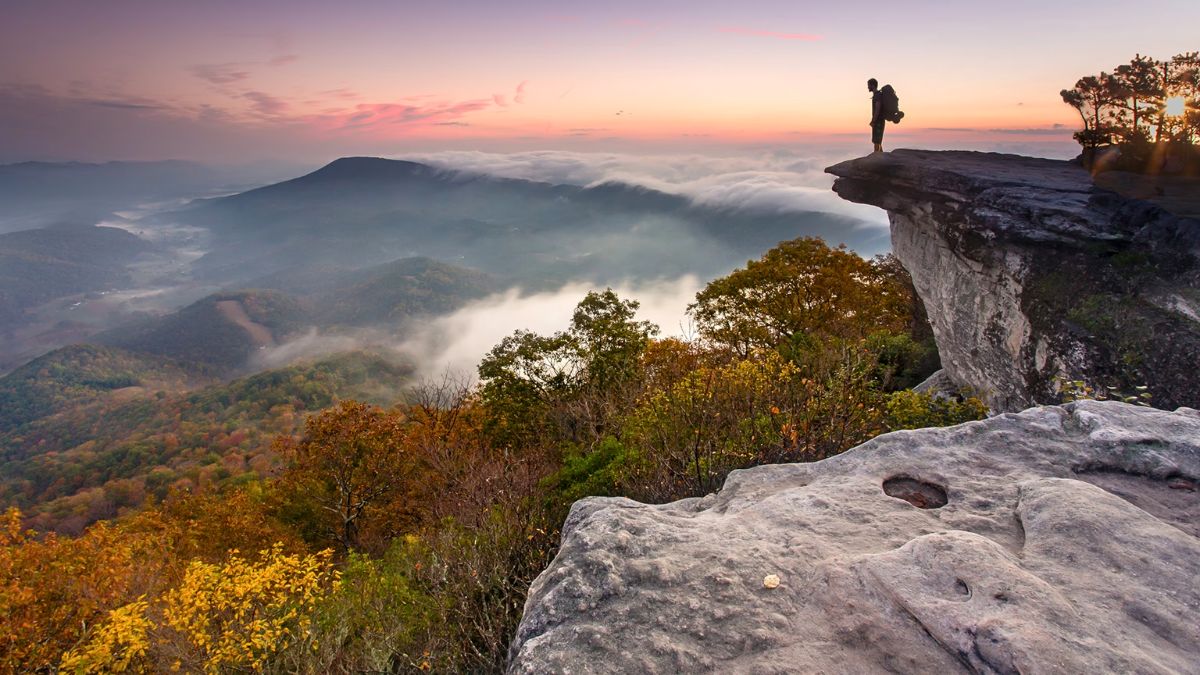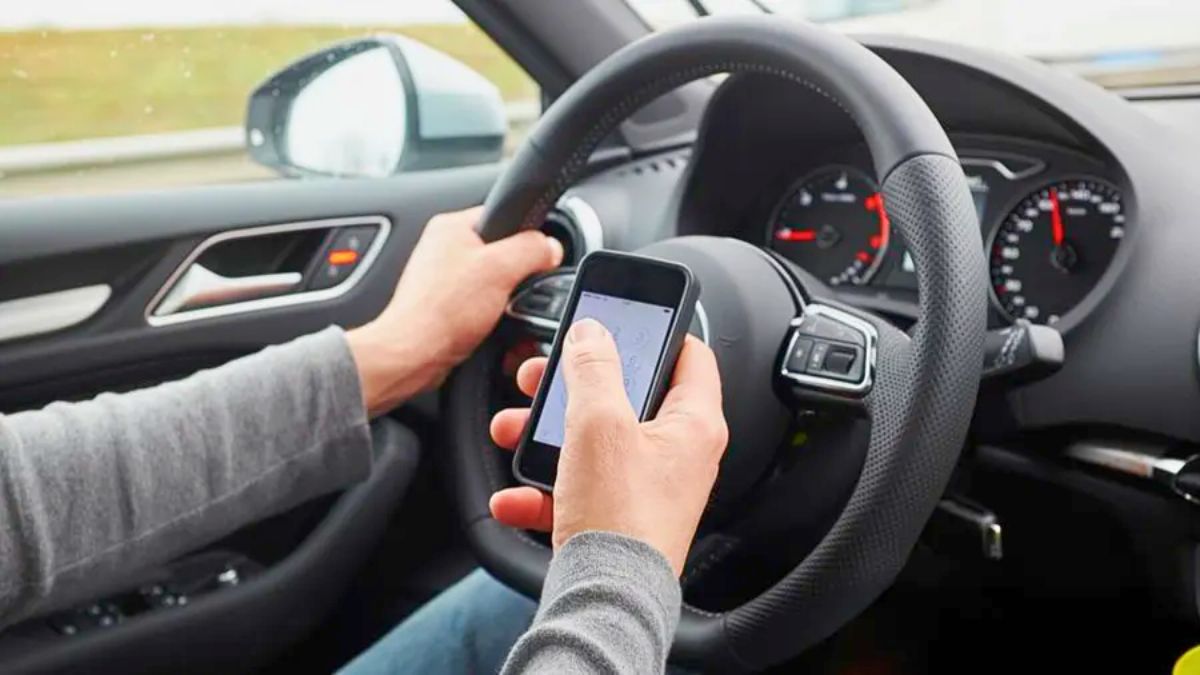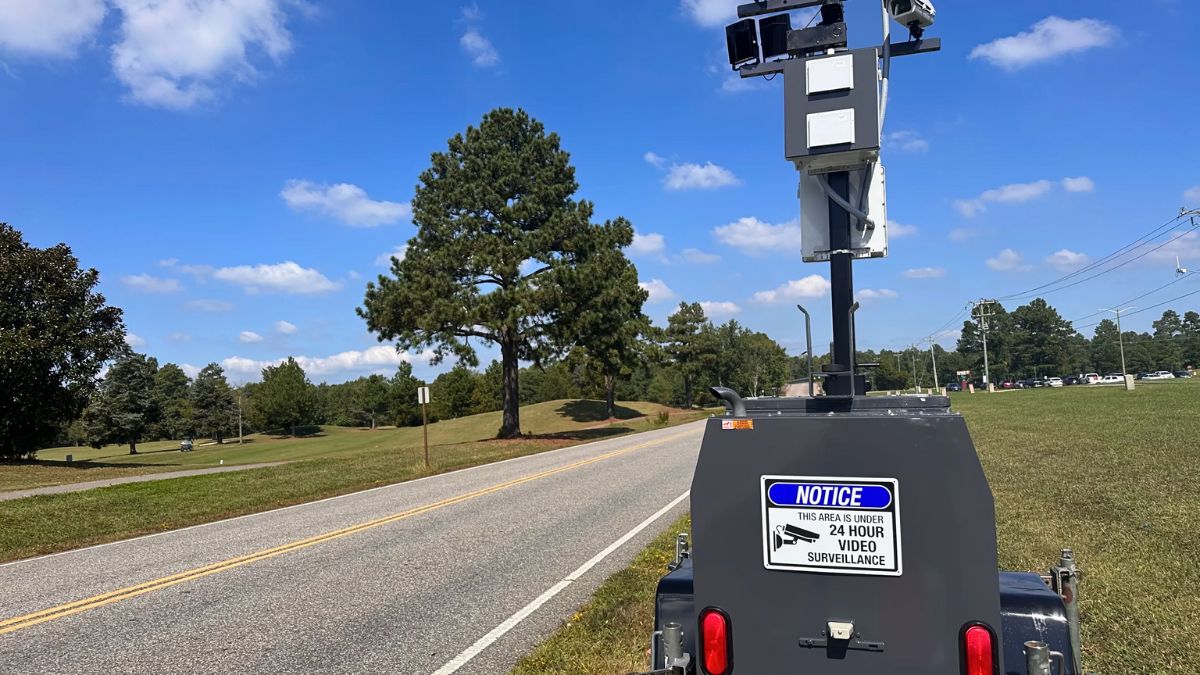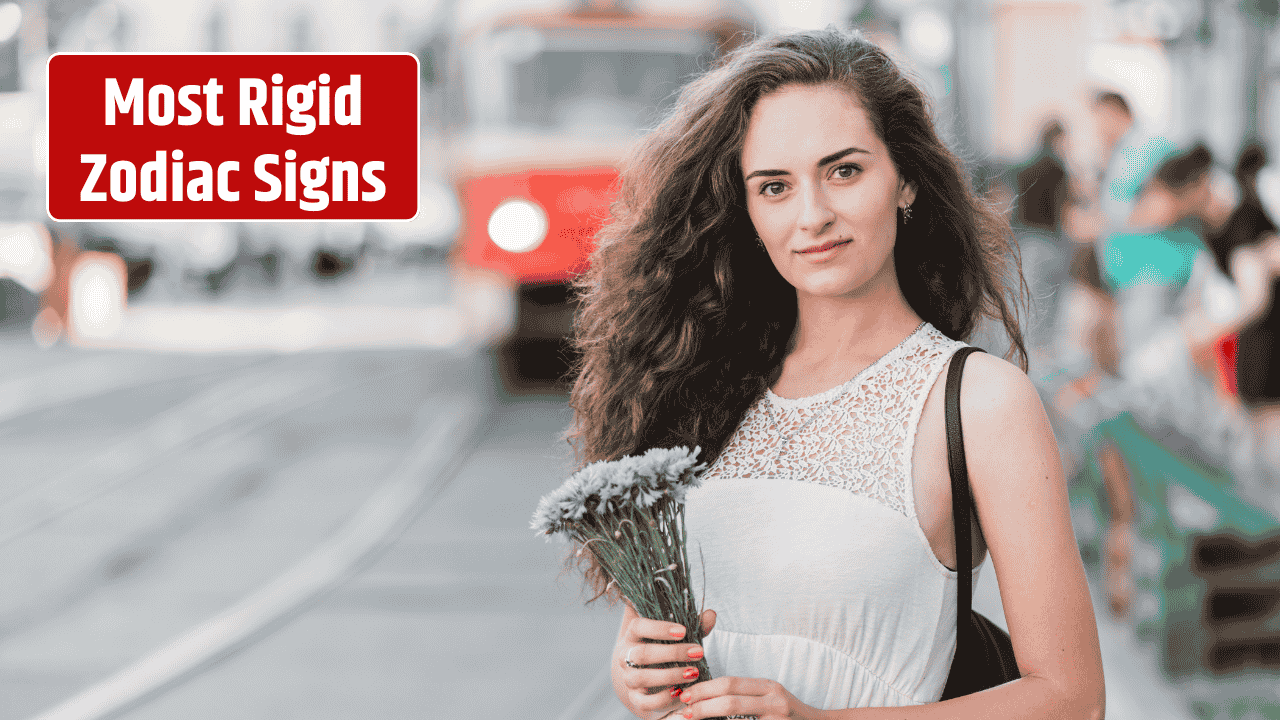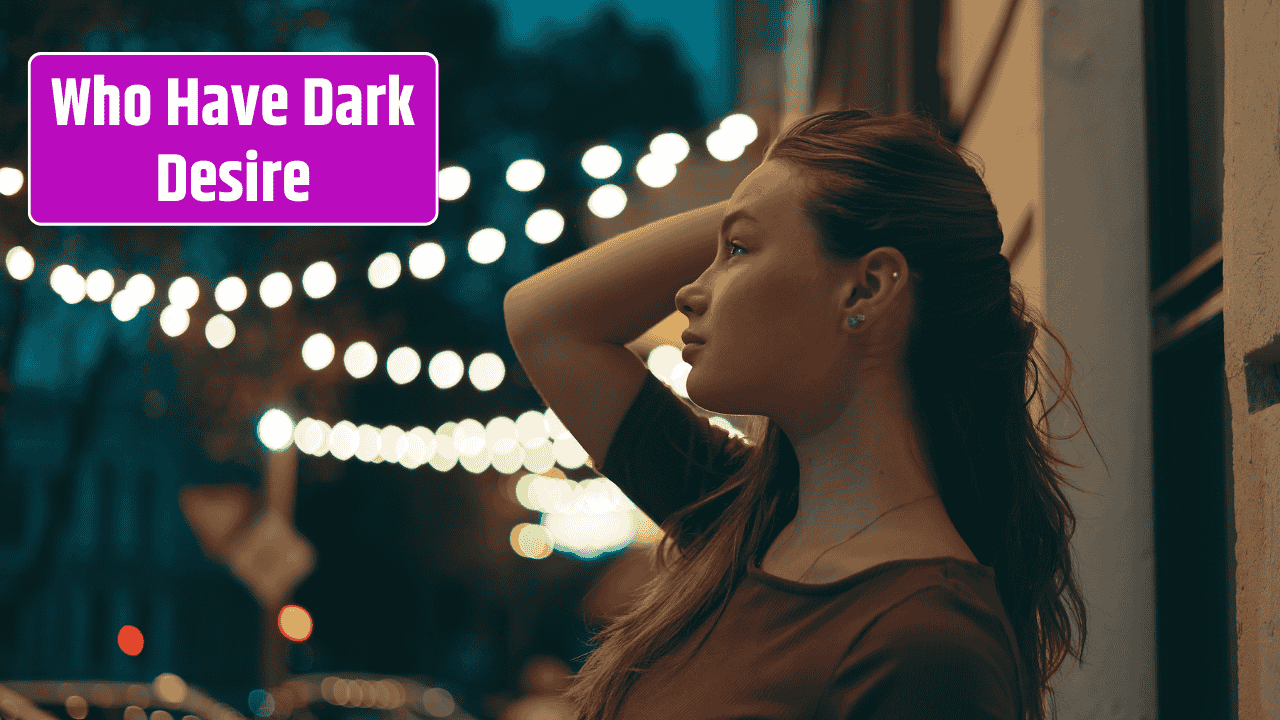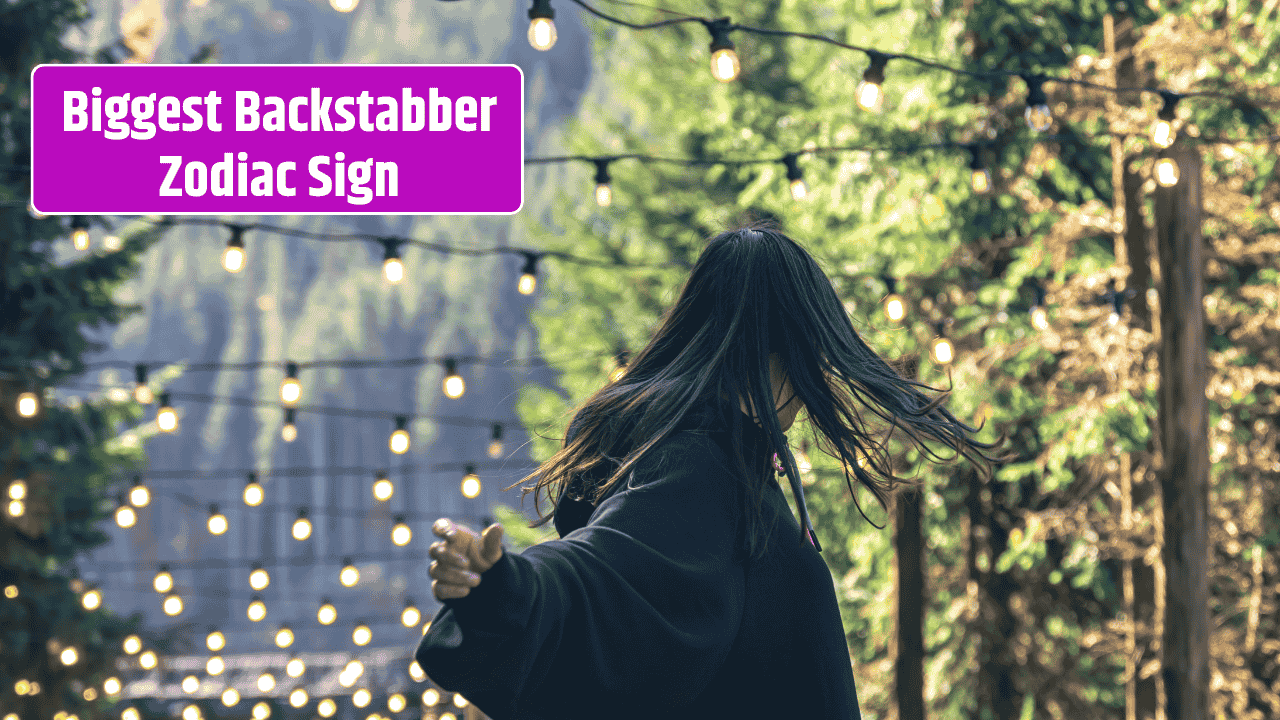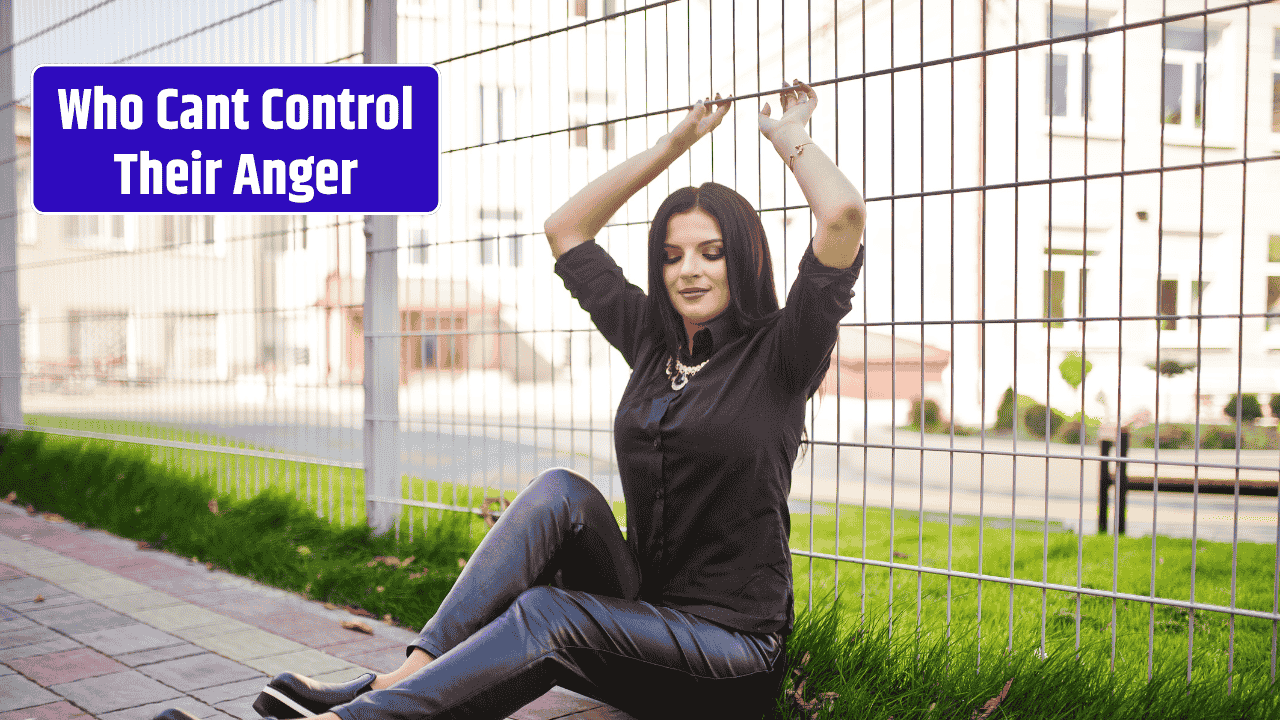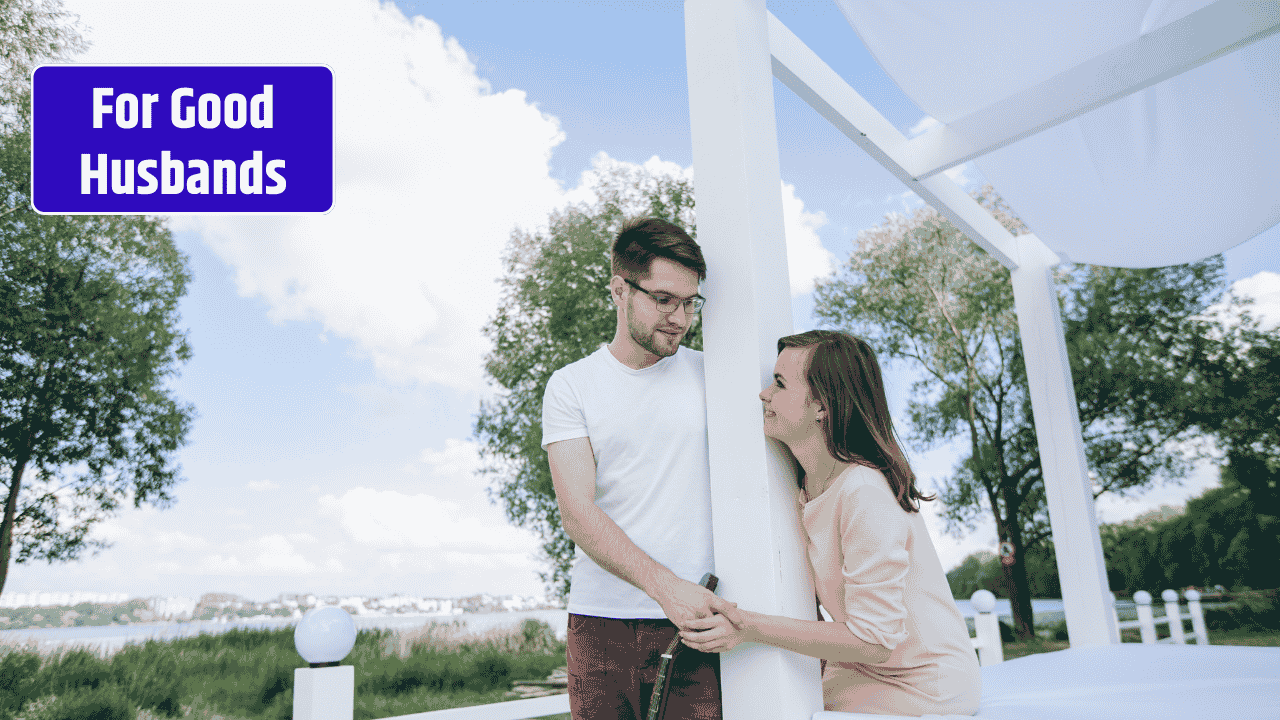If you’ve ever driven through the Virginia countryside — especially around dawn or dusk — you know how common it is to spot deer darting across the road. In fact, Virginia ranks among the top states for deer-vehicle collisions. One wrong move can wreck your car and endanger your life. So, how should you react when a deer suddenly appears in your headlights? Let’s break it down.
Where
Deer are most active in rural and wooded areas — and Virginia has no shortage of those. Places like the Blue Ridge Parkway, Shenandoah Valley, and even parts of suburban Northern Virginia see frequent deer crossings.
Peak times? Dawn and dusk, especially during fall mating season (October–December). Add fog or rain to the mix, and it’s a recipe for danger.
Spotting
Keep an eye out for these signs you’re entering a deer-prone area:
- Deer crossing signs – Not random; they’re based on data
- Woods or open fields on both sides of the road
- Single deer – Usually means more are nearby
- Shiny eyes reflecting headlights in the distance
If you see one deer cross, expect more. They often travel in groups.
Don’ts
Let’s get this out of the way: Don’t swerve. Swerving to avoid a deer can send you off the road, into a ditch, or into oncoming traffic. Many serious injuries — and deaths — come from drivers trying to avoid deer but losing control.
Also:
- Don’t speed up to “beat” the deer
- Don’t assume they’ll move
- Don’t rely only on high beams — use them when safe but be ready to dip them for oncoming traffic
Do’s
So what should you do if a deer runs into your path?
- Brake firmly – Don’t slam, but apply steady pressure
- Stay in your lane – Hitting the deer is safer than hitting a tree or another car
- Honk your horn – One long blast may scare them off the road
- Flash your lights – If safe, flicking your beams might deter deer from crossing
- Hold the wheel steady – Keep control of your vehicle even in impact
If you do hit a deer, pull over safely, turn on your hazards, and don’t approach the animal — injured deer can be dangerous. Call Virginia State Police or VDOT to report the accident.
Prevent
You can’t eliminate all deer encounters, but these steps help lower your risk:
- Drive slower in known deer zones
- Use high beams when appropriate
- Keep your windshield clean for better visibility
- Stay especially alert in fall and during full moons
- Don’t drive distracted — eyes on the road, always
And remember, deer are unpredictable. They can leap out with zero warning — so the more prepared you are, the better.
Aftermath
If your car is damaged after a deer collision:
- Call local authorities (non-emergency police or VDOT)
- Take photos for insurance
- File a report if damage exceeds $1,500 (required in VA)
- Notify your insurer promptly
Hitting a deer might feel like bad luck, but it’s a common rural driving risk. What matters most is staying calm, in control, and avoiding worse outcomes like rollovers or multi-car crashes.
FAQs
Should I swerve to avoid deer?
No. Stay in your lane and brake firmly.
When are deer most active in Virginia?
Around dawn, dusk, and during fall mating season.
What if I hit a deer?
Pull over, turn on hazards, call police or VDOT.
Do deer travel alone?
No. If you see one, more are likely nearby.
Are deer collisions covered by insurance?
Yes, under comprehensive coverage in most policies.
